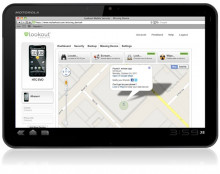OpenBSD 5.0 has been published, six months after the release of version 4.9. The OpenBSD project's newest release of the free BSD based UNIX-like operating system includes a number new and updated drivers, performance improvements and new features.
OpenBSD 5.0 includes the GNOME 2.32.2, KDE 3.5.10 and Xfce 4.8.0 desktop environments. It also contains a number of new and updated packages including versions 3.5.19, 3.6.18 and 5.0 of the Firefox web browser, PHP 5.2.17 and 5.3.6, LibreOffice 3.4.1, and Chromium 12. The release includes September's release of OpenSSH 5.9.













































































